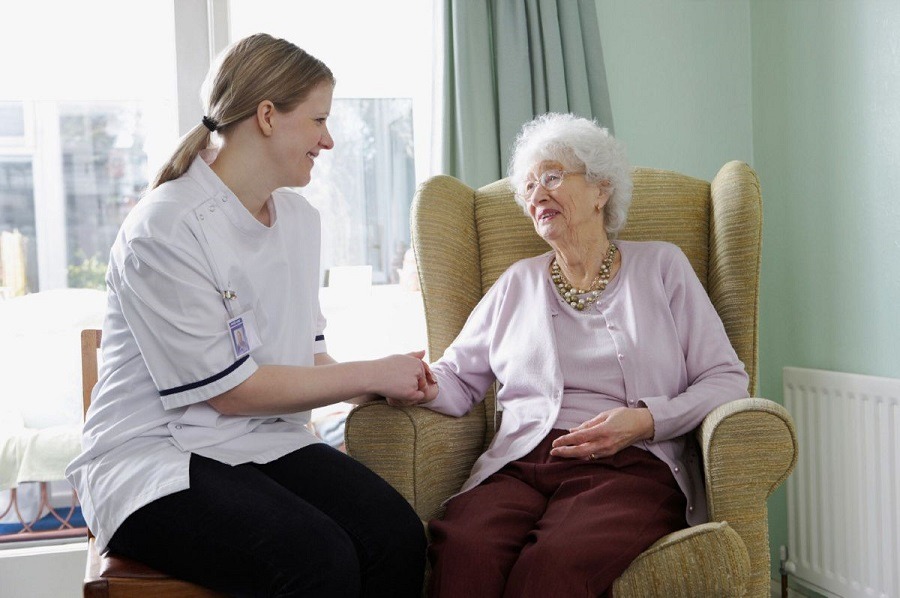How to deliver ‘patient-centred’ health care in Ontario


Felister Mburu might be the happiest home-care worker in Toronto. She loves her job. She loves her clients. She puts a human face on Ontario’s overstretched, bureaucratic home-care system. She earns roughly $29,000 a year — half the provincial average.
On an organizational chart, Mburu would rank somewhere near the bottom of the health-care system. In real life, she is the personification of what Ontario Health Minister Deb Matthews means by “patient-centred care.” She bends the rules to fit the individual; she takes time to listen to listen to patients; she cheerfully provides little extras that aren’t in her job description.
Long before provincial bureaucrats invented a name for it, she treated home-care recipients this way. Long before Matthews made it a central goal of her health transformation plan, Mburu followed the golden rule.
Looking back 10 years, she remembers how furtive she had to be. She’d arrive at an elderly person’s home or apartment with instructions that said she was to give the client a shower, clean up the bathroom and leave. But she’d discover the person hadn’t slept the previous night, hadn’t eaten breakfast and was feeling dizzy. So she’d put aside the agency’s plan, get some food in the client’s stomach, then give him or her a shower. Sometimes she’d pick up the mail, water the plants or feed the cat before she left.
Mburu knew she could get into trouble for this. But she took the risk. Her clients mattered more to her than the system. A couple of years ago, the home-care system — at least in Toronto — caught up to her.
Stacey Daubs, who heads the Toronto Central Community Care Access Centre (CCAC), the regional hub that arranges home care for 16,000 mostly elderly people, was troubled that everybody in the system felt so pressured that they rushed through their tasks without talking to their clients. There had to be a better way to cope with budget constraints, she reflected.
It wasn’t hard to figure it out: Listen to clients. Respect their wishes. Treat them with dignity.
Word went out to all of Toronto’s home-care agencies contracted by the CCAC that they were to move from a “task first” to “talk first” approach. Home-care workers were to ask their clients three simple questions:
• At the beginning of their visit: What is the most important thing I can help you with today?
• Ten minutes from the end: Is there anything I can help you with before I go? I have the time.
• When they left: Is there anything you’d like me to tell the agency?
For Mburu, this meant liberation. She could do what she’d always done without fear of being caught or reprimanded. “I feel great. The clients can open up. I look forward to going back the next time.”
For her agency, VHA Home Health Care, it meant a 25 per cent jump in its client satisfaction rating. “There was resistance at the beginning,” said Joy Klopp, who spearheaded the effort. “Our personal support workers feared they’d turn into Molly Maids.”
But that didn’t happen. Clients would usually say ‘thank you so much for asking, but there’s nothing more.’ ”
For Daubs and her colleagues at CCAC, it was a trail-blazing move that fundamentally changed the relationship between clients and caregivers. “We have put basic compassion and dignity back into health care. We need to change the conversation in the entire health-care sector. We are hoping to set a fire across the Ontario health-care system.”
A strong gust would do it. There are isolated brush fires in hospitals, nursing homes, doctors’ offices and clinics, where dedicated health providers like Mburu are quietly doing what’s right for their patients, regardless of the bureaucrats and bean-counters.
What remains a riddle is Matthews’ reliance on consultants and efficiency experts to develop a plan for patient-centred care. She need only ask the health-care workers who — despite her ministry’s directives — put compassion before conformity.



